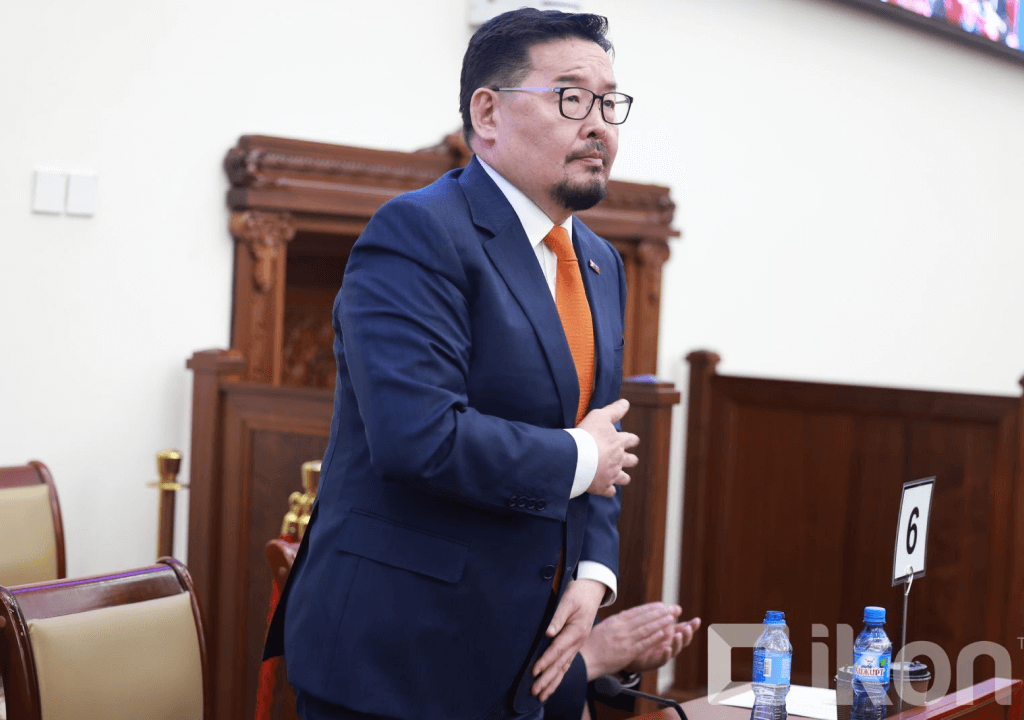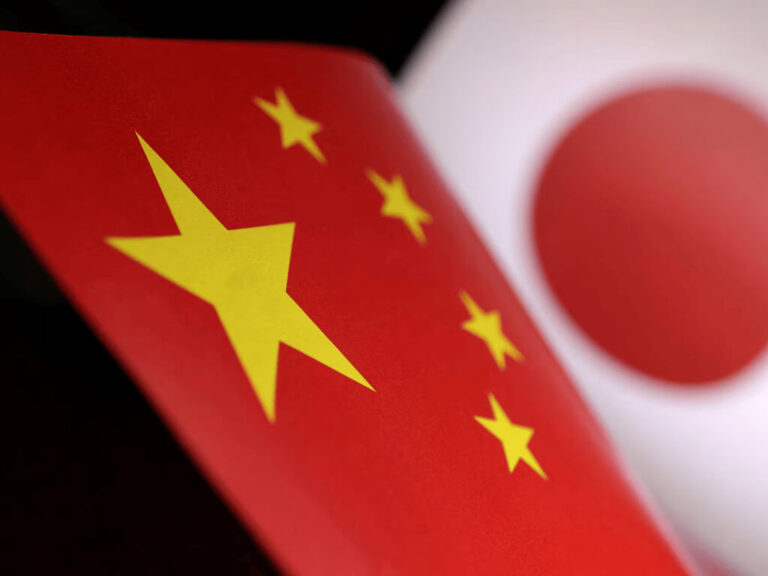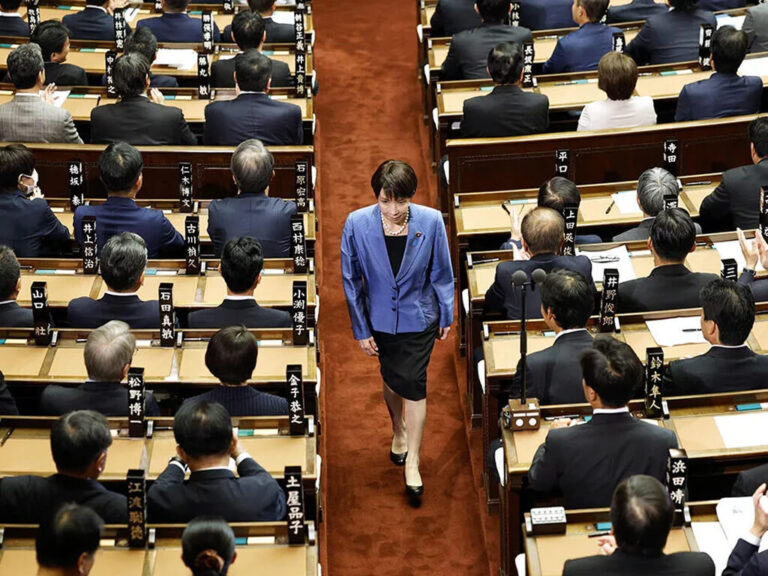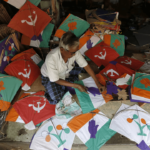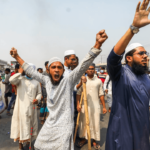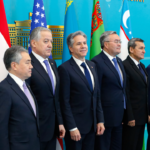Just days after Luvsannamsrain Oyun-Erdene resigned amid mass protests and a no-confidence vote, Mongolia has named a new prime minister. The ruling Mongolian People’s Party has appointed Zandanshatar Gombojav, a veteran political figure and former Chairman of the State Great Khural, to lead the government. Gombojav brings extensive experience to the role, having previously served as Speaker of Parliament (2019–2024), Chief Cabinet Secretary under Prime Minister Ukhnaagiin Khürelsükh (2017–2019), and Minister of Foreign Affairs and Trade (2009–2012).
With public trust at a low ebb, the real test for Gombojav is whether he can remain in office for a full term. Can he navigate the discontent that toppled his predecessor, maintain momentum on critical reforms, and offer a credible path to political stability? Or will he, too, be swept away by the growing tide of public frustration?
Zandanshatar earns legislative support
Zandanshatar was formally appointed as Mongolia’s new Prime Minister on June 12, securing overwhelming support in a parliamentary vote. The State Great Khural confirmed his nomination with 108 votes out of 117 members present, including backing from opposition parties. In his address to parliament, Zandanshatar pledged to look ahead rather than dwell on past grievances. He emphasized the need for national unity and expressed confidence that Mongolia could overcome its persistent economic challenges—issues that have long fueled public frustration in the resource-rich nation.
Although reports point to lingering tensions between President Ukhnaagiin Khürelsükh and the ousted Prime Minister Oyun-Erdene—who had previously sidelined Khürelsükh during his own premiership—the party has since rallied around Zandanshatar. On the eve of the no-confidence vote, President Khürelsükh delivered a late-night address urging lawmakers to put the public interest above personal or political loyalties—a message that appeared to shake Oyun-Erdene’s footing. Members of the ruling Mongolian People’s Party broke ranks and voted against him. Despite the party having enough seats to retain him, internal dissent left Oyun-Erdene with just 44 votes in favor and 38 against.
In contrast, Zandanshatar cleared his first political hurdle with ease, winning broad support and facing little opposition. Yet, he has to work to heal internal divisions within the MPP and Mongolia.
The post has a history of short-lived tenures
Oyun-Erdene’s four-year tenure was the longest served by a Mongolian prime minister since Nambaryn Enkhbayar. In recent decades, however, most of Mongolia’s prime ministers—despite being chosen through one of Asia’s fairest electoral processes—have failed to remain in office for long, often stepping down in the face of mass public protests. While some see this recurring pattern as a symptom of political instability, others argue it reflects a vibrant, if turbulent, democracy.
Despite his popularity and continued public support, Oyun-Erdene ultimately could not withstand mounting protests, triggered in part by allegations surrounding his son’s lavish lifestyle. His forced resignation underscored the volatility of the office—a challenge now inherited by Zandanshatar.
During his time in office, Oyun-Erdene launched 14 major development initiatives aimed at boosting economic growth. His agenda included ambitious plans to expand renewable energy, build new cross-border railway links to China—which accounts for 90% of Mongolia’s exports—and diversify an economy heavily reliant on the mining sector, which contributes about a quarter of the country’s GDP. However, his aggressive anti-corruption campaign ultimately backfired, drawing backlash and fueling dissent.
Interestingly, Oyun-Erdene’s predecessor—now President Ukhnaagiin Khürelsükh—was also forced out after just three years in power due to protests. Between 2000 and Khürelsükh’s term, no prime minister from either the ruling Mongolian People’s Party or the opposition Democratic Party managed to complete three years in office.
Challenges lie ahead for Zandanshatar
The challenges that brought down Oyun-Erdene still cast a long shadow over Zandanshatar. If handled wisely, he has a chance to restore stability—but if mismanaged, even minor allegations could once again unravel a prime minister’s tenure.
Persistent political instability continues to strain Mongolia’s economy. The investment climate remains uncertain, and until the government implements more consistent and predictable policies, foreign investors are likely to stay wary. Frequent regulatory changes have discouraged long-term commitments, weakening the country’s economic foundations.
Meanwhile, repeated leadership failures have sown frustration among the public. A growing segment of the population is beginning to view a more centralized political system as a preferable alternative. This sentiment—often circulated quietly on social media and amplified by anonymous or shadowy accounts—poses a subtler, yet serious threat to Mongolia’s democratic structure. It risks shifting power further toward the presidency, potentially undermining the fragile balance of power in a country surrounded by authoritarian neighbors.
To protect Mongolia’s hard-won democratic achievements and restore public confidence, political leaders must seek common ground and commit to long-term national prosperity.

